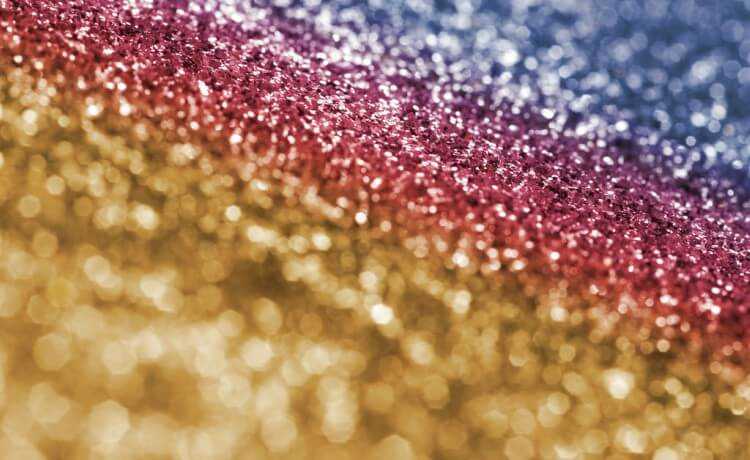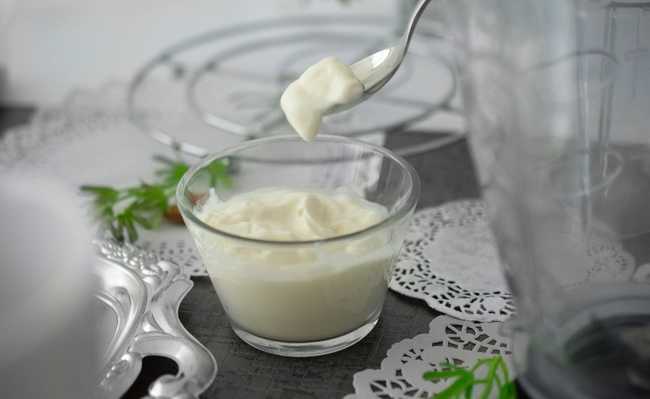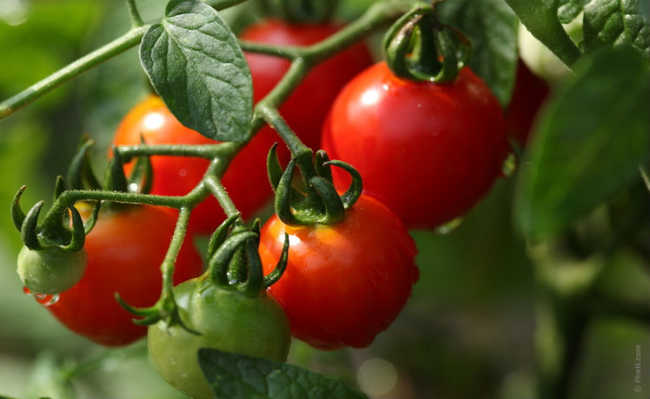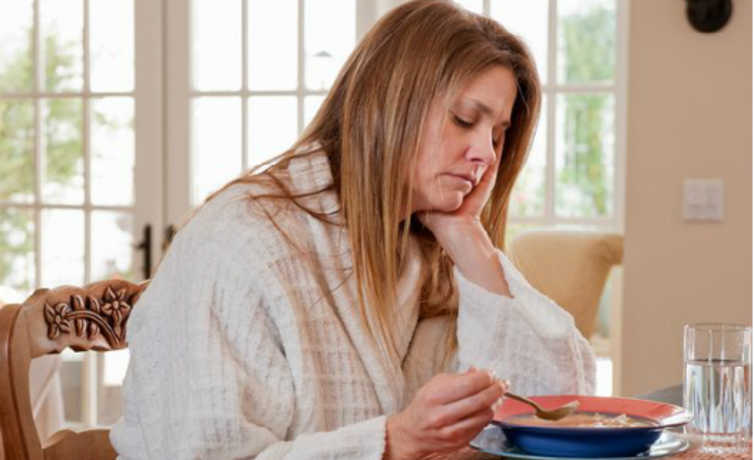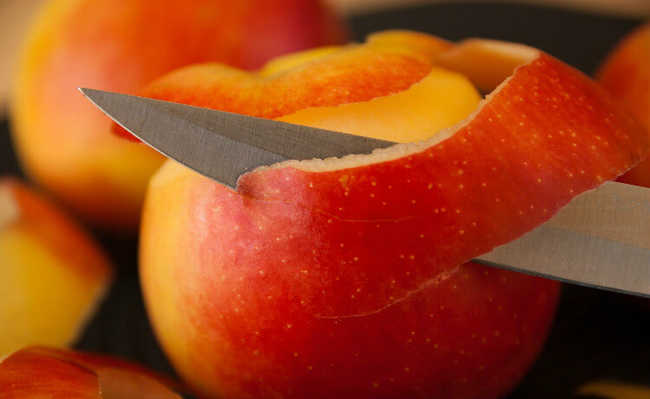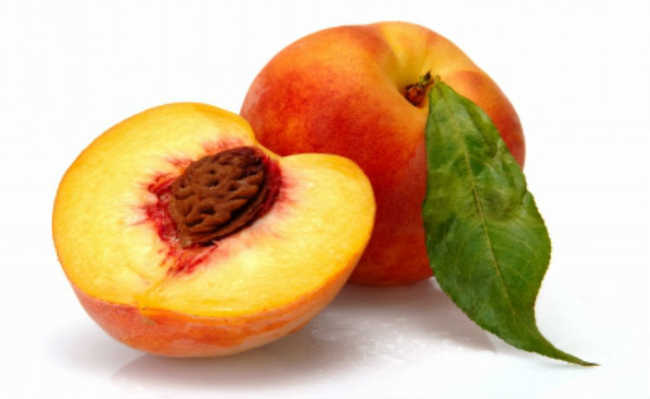What are iron-rich foods?
Check which foods are richer in iron and prevent anemia
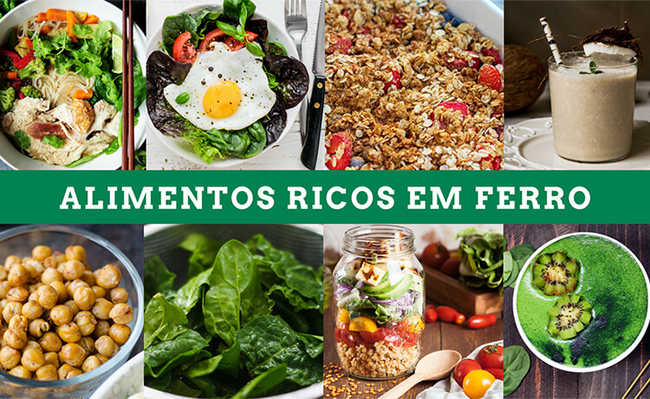
Iron-rich foods are essential for good body maintenance. Iron is a mineral responsible for several important functions, the main ones being the transport of oxygen throughout the body and the production of red blood cells. The recommended daily allowance (RDI) of iron is 18 mg.
Interestingly, the amount your body absorbs is partially based on how much you've stored. Iron deficiency can occur when intake is too low and insufficient to replace the amount of iron lost each day.
Iron deficiency can cause anemia and lead to symptoms such as fatigue, learning difficulties, pallor, among others. Menstruating women who do not consume iron-rich foods are at particularly high risk of iron deficiency.
- Iron deficiency anemia: what it is and what are its symptoms
- What is sickle cell anemia, symptoms and treatment
- What is hemolytic anemia?
- Pernicious anemia: symptoms, treatment, diagnosis and causes
- Sideroblastic anemia: what it is, symptoms, causes and treatment
- What are the symptoms of aplastic anemia?
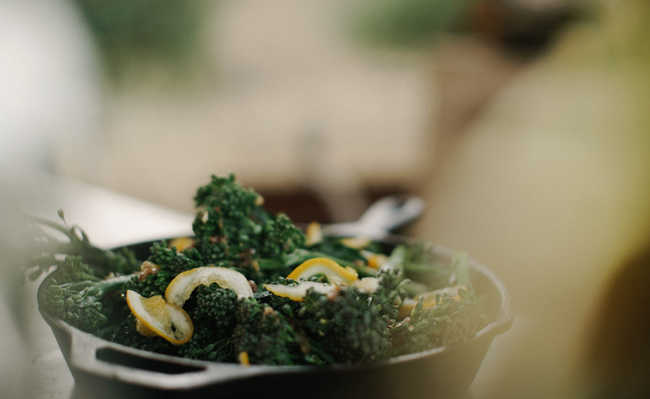
Max Delsid image available on Unsplash
Check out a list of 11 foods rich in iron:
1. Spinach
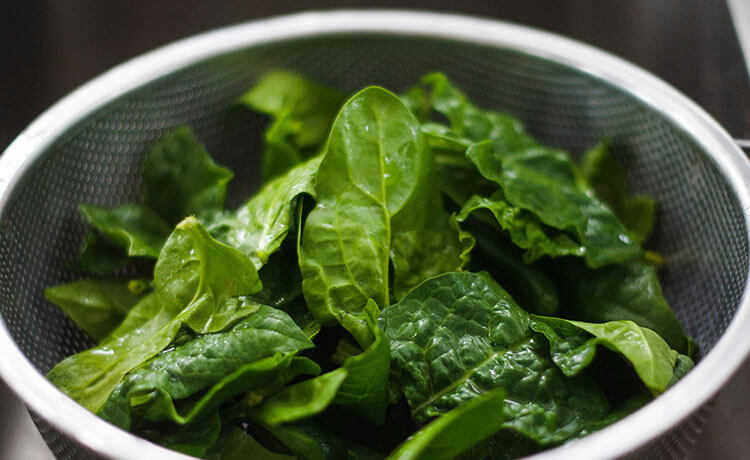
Spinach offers many health benefits, being low in calories. Every 100 grams of cooked spinach contains 3.6 mg of iron, or 20% of the Recommended Daily Intake (RDI).
Although spinach is rich in non-heme iron, the type least absorbed by the body, it is also rich in vitamin C, which significantly increases iron absorption.
Spinach is also rich in antioxidants called carotenoids, which can reduce the risk of cancer, decrease inflammation and prevent eye disease (see studies on the topic here: 1, 2, 3, 4). Consuming spinach with olive oil helps the body absorb carotenoids.
2. Legumes
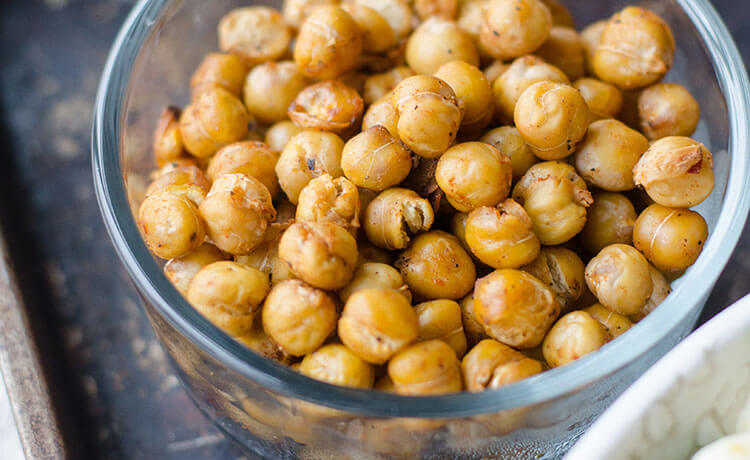
Legumes are loaded with nutrients. The most common types of pulses are beans, lentils, chickpeas, peas and soybeans. They are a great source of iron, especially for vegetarians. One cup (198 grams) of cooked lentils, for example, contains 6.6 mg of iron, which represents 37% of the RDI.
Legumes are also rich in folate, magnesium and potassium. In addition, studies have shown that beans and other legumes can reduce inflammation in people with diabetes and the risk of heart disease in people with metabolic syndrome (see studies on the topic here: 5, 6, 7, 8).
Legumes can even help you lose weight. They are very high in soluble fiber, which can increase your feeling of fullness and reduce your caloric intake. In one study, a high-fiber diet containing beans was shown to be as effective as a low-carbohydrate diet for weight loss.
- 21 foods that help you lose weight with health
To maximize iron absorption, consume pulses with foods rich in vitamin C, such as tomatoes, vegetables or citrus fruits.
3. pumpkin seed

Pumpkin seeds are a tasty, nutritious and easy-to-carry snack.
- Seven Pumpkin Seed Health Benefits
- Pumpkin seed oil has unmissable benefits
Each 28 grams of pumpkin seed contains 4.2 mg of iron, which represents 23% of the RDI. Also, pumpkin seeds are a good source of vitamin K, zinc and manganese. They are also among the best sources of magnesium, an element many people lack.
4. Quinoa
One cup (185 grams) of
Additionally, quinoa is gluten free, making it a good choice for people with celiac disease or other forms of gluten intolerance or sensitivity.
Quinoa also contains more protein than many other grains, as well as being rich in folate, magnesium, copper, manganese and many other nutrients and antioxidants.
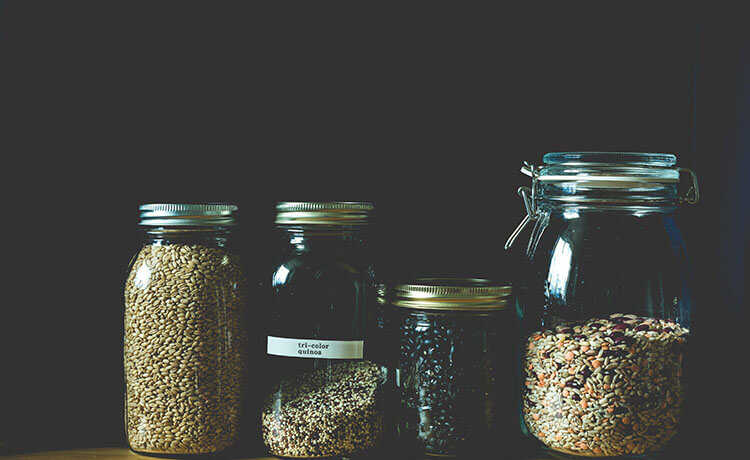
- Quinoa: benefits, how to make it and what it is for
- What is gluten? Bad guy or good guy?
5. Broccoli
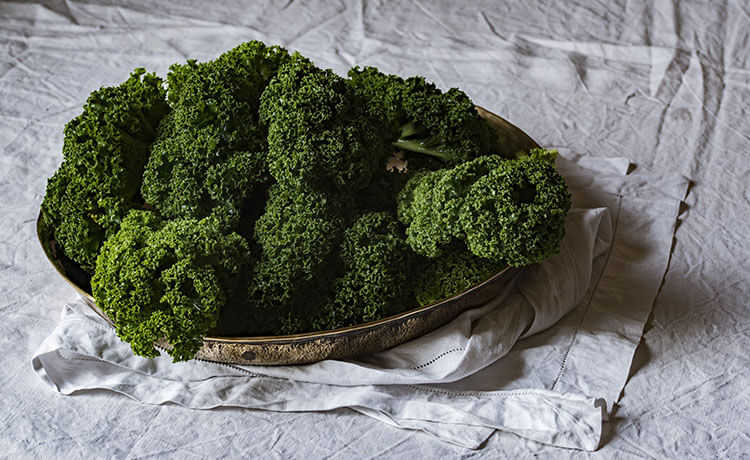 Broccoli is incredibly nutritious. A one-cup (156 grams) serving of cooked broccoli contains 1 mg of iron, which represents 6% of the RDI, making it a reasonably good source of iron. In addition, a serving of broccoli contains 168% of the RDI of vitamin C, which helps the body to absorb iron better (see studies on this here: 9, 10).
Broccoli is incredibly nutritious. A one-cup (156 grams) serving of cooked broccoli contains 1 mg of iron, which represents 6% of the RDI, making it a reasonably good source of iron. In addition, a serving of broccoli contains 168% of the RDI of vitamin C, which helps the body to absorb iron better (see studies on this here: 9, 10).The same serving also provides folate, six grams of fiber and some vitamin K.
- Broccoli Can Help Fight Skin Cancer
- What are high fiber foods
6. Tofu
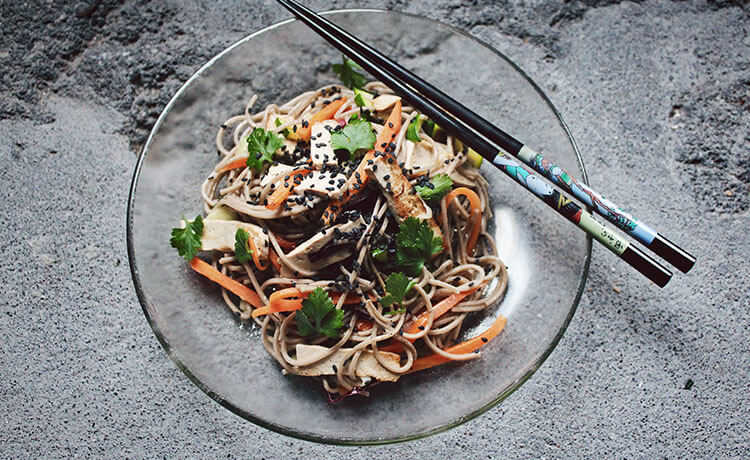
Tofu is a soy-based food that is very popular in some Asian countries and among vegetarians. A half-cup serving (126 grams) of tofu provides 3.6 mg of iron, which represents 19% of the RDI.
Tofu is also a good source of thiamine and several minerals, including calcium, magnesium and selenium. Plus, it provides 20 grams of protein per serving.
- What is tofu and what are its benefits
Tofu also contains compounds called isoflavones, which have been linked to improved insulin sensitivity, decreased risk of heart disease, and relief from menopausal symptoms (see studies on this here: 11, 12).
7. Dark chocolate
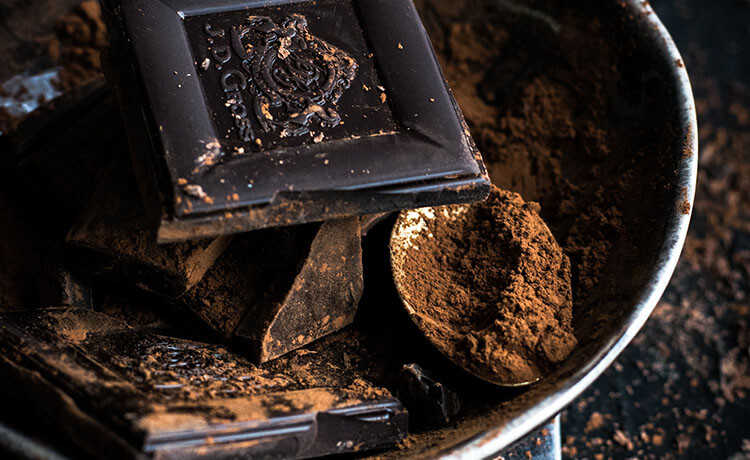
Dark chocolate is incredibly nutritious. A 28 gram serving of dark chocolate contains 3.3 mg of iron, representing 19% of the RDI. This portion also contains 25% and 16% of the copper and magnesium IDR, respectively.
In addition, dark chocolate (those with 70 to 85% cocoa) contains prebiotic fiber, which nourishes the beneficial bacteria in the intestine.
One study concluded that cocoa powder and dark chocolate have more antioxidant activity than powders and juices made from acai and blueberry.
Studies have also shown that chocolate has beneficial effects on cholesterol levels and can reduce the risk of heart attacks and strokes (see studies on this here: 12, 13, 14).
However, not all chocolates are made equal. Compounds called flavanols are thought to be responsible for the benefits of chocolate, and the flavonoid content of dark chocolate is much higher than that of milk chocolate. Therefore, it is best to consume chocolate with a minimum of 70% cocoa for maximum benefits.
- What are prebiotic foods?
- What is blueberry and its benefits
8. Amaranth
Cooked amaranth contains about 5.2 mg of iron per cup, or 29% of the RDI. Interestingly, amaranth is one of the few complete sources of vegetable protein and also contains good amounts of complex carbohydrates, fiber, manganese, phosphorus and magnesium.
9. Oats
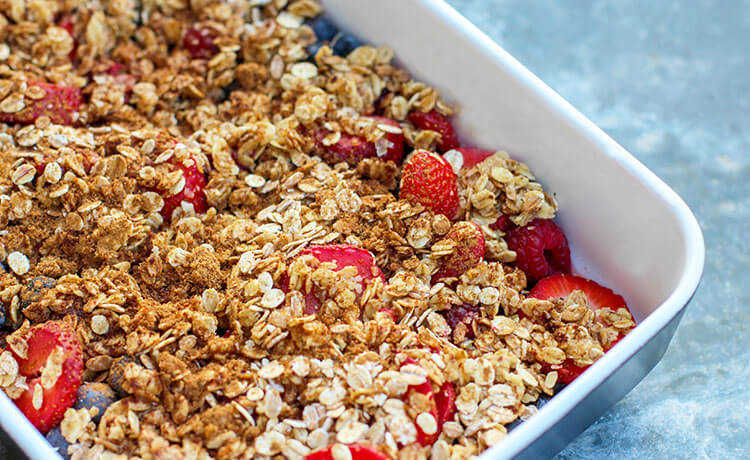
Eating oats is a tasty and easy way to add iron to your diet.
A cup of cooked oats contains about 3.4 mg of iron (19% of the RDI) as well as good amounts of vegetable protein, fiber, magnesium, zinc and folate.
In addition, oats contain a soluble fiber called beta-glucan, which can help promote intestinal health, increase the feeling of fullness, and reduce cholesterol and blood sugar levels (see studies on this here: 15, 16, 17 , 18).
- Discover the benefits of oats
- Learn how to make oat milk
10. Coconut milk
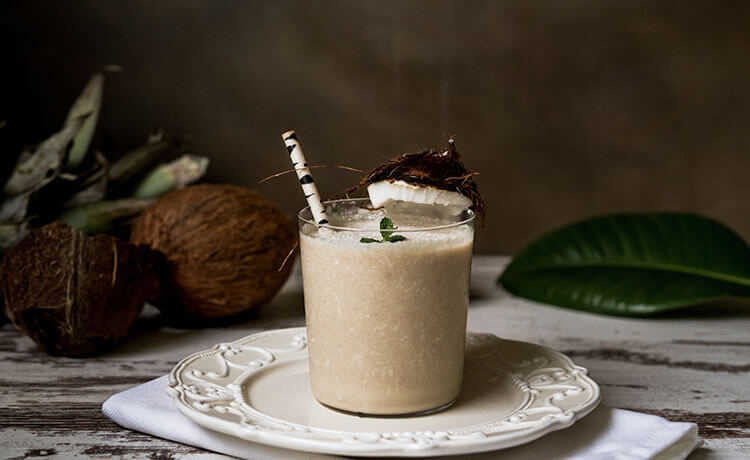
Although it is high in fat, coconut milk is a good source of several vitamins and minerals, including magnesium, copper and manganese.
It is also included in the list of foods rich in iron - it contains about 3.8 mg in a half cup (118 ml), which represents 21% of the RDI.
11. Liver and other organ meats
Organic meats are nutritious. Popular types include liver, kidney, brain and heart - all high in iron.
- Really get to know organic food
A 100 gram serving of bovine liver contains 6.5 mg of iron, or 36% of the RDI.
Organic meats are also rich in protein and rich in B-complex vitamins, copper and selenium. The liver is especially rich in vitamin A, providing an impressive 634% of the RDI per serving.
Additionally, organic meats are among the best sources of choline, an important nutrient for brain and liver health.
How to increase iron absorption
Heme iron, found in meat and animal products, is generally more easily absorbed by the human body than non-heme iron found in vegetables.
For this reason, the recommended daily intake of iron is 1.8 times higher for vegetarians and vegans than for those who eat meat.
- Vegan philosophy: know and ask your questions
This equates to approximately 14 mg per day for men and postmenopausal women, 32 mg per day for menstruating women, and 49 mg per day for pregnant women.
However, there are several strategies that can be employed to increase the body's ability to absorb non-heme iron. Here are some methods:
- Eat foods rich in vitamin C: Consuming foods rich in vitamin C along with foods rich in non-heme iron can increase iron absorption by up to 300%.
- Avoid coffee and tea with meals: Drinking coffee and tea with meals can reduce iron absorption by 50-90%.
- Soaking, sprouting and fermenting: the soaking, germination and fermentation of grains and vegetables can improve iron absorption, reducing the amount of phytates naturally present in these foods.
- Use a cast iron cookware: Foods prepared in a cast iron cookware tend to be richer in iron, providing two to three times more iron than foods prepared in non-ferrous cookware.
- Consume Lysine-Rich Foods: Consuming plant foods such as pulses and quinoa, which are rich in the amino acid lysine, along with other iron-rich foods, can increase nutrient absorption.

